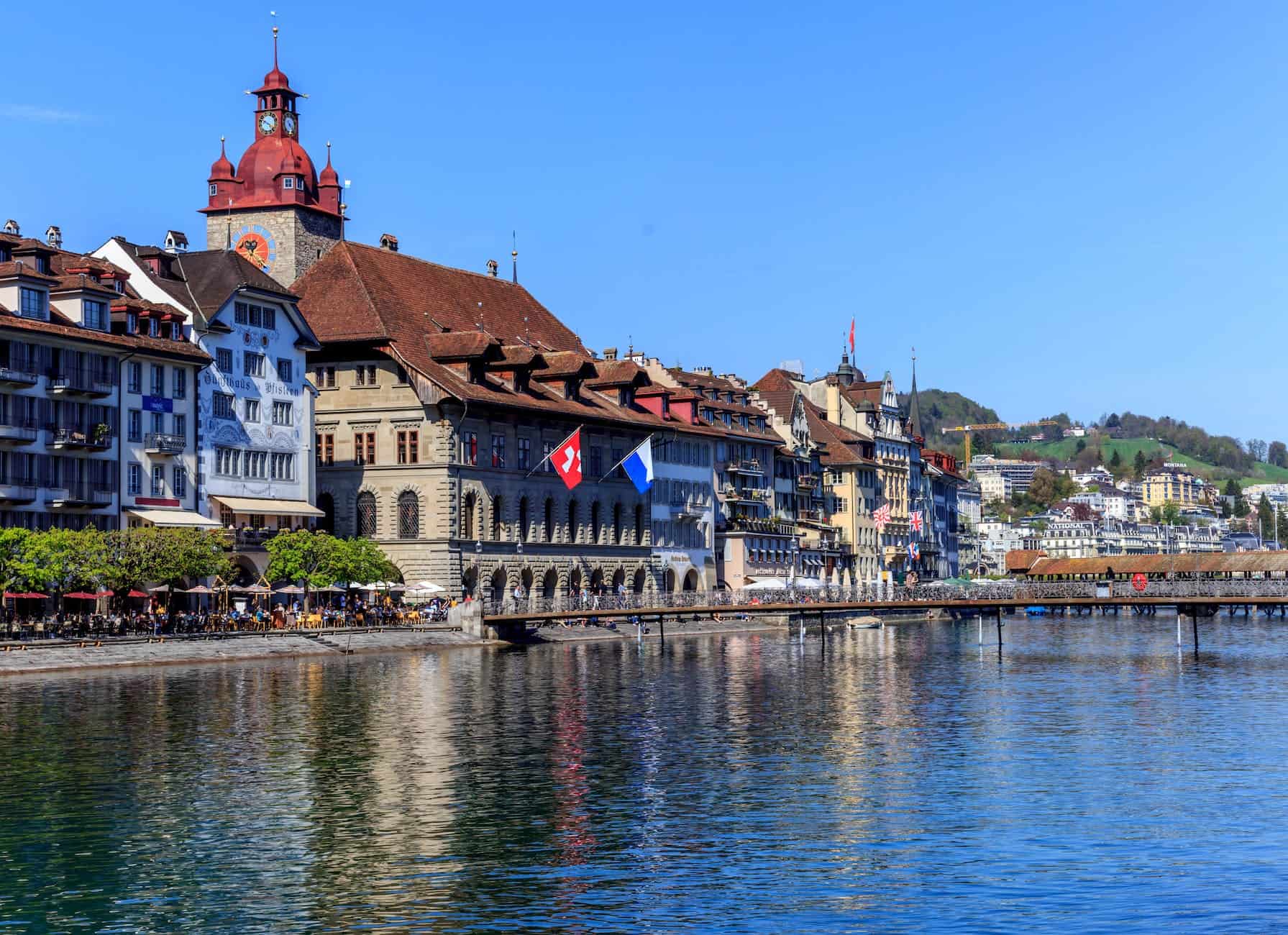Data published on 12 September 2022 show how the pool of available housing continues to shrink in Switzerland. Photo by ILOVESwitzerland on Pexels.comOn 1 June 2022, there were 61,496 empty dwellings in Switzerland, representing 1.31% of the total housing stock. The vacancy rate has fallen 0.23 percentage points compared to a year ago. There were 9,869 fewer empty dwellings compared to the previous year, representing a striking fall of 13.8%, wrote the Federal Statistical Office (FSO). The last time such a large year-on-year decline was observed was 20 years ago and the last time vacancies were lower was six years ago in 2016. Cantons with the tightest accommodation markets at 1 June 2022 include Zug (0.33% of homes vacant), Geneva (0.38%) and Zurich (0.60%). The easiest cantons
Topics:
Investec considers the following as important: Buying a home in Switzerland, Editor's Choice, Property, Renting in Switzerland
This could be interesting, too:
Investec writes The global brands artificially inflating their prices on Swiss versions of their websites
Investec writes Swiss car insurance premiums going up in 2025
Investec writes The Swiss houses that must be demolished
Investec writes Swiss rent cuts possible following fall in reference rate
Data published on 12 September 2022 show how the pool of available housing continues to shrink in Switzerland.

On 1 June 2022, there were 61,496 empty dwellings in Switzerland, representing 1.31% of the total housing stock. The vacancy rate has fallen 0.23 percentage points compared to a year ago. There were 9,869 fewer empty dwellings compared to the previous year, representing a striking fall of 13.8%, wrote the Federal Statistical Office (FSO). The last time such a large year-on-year decline was observed was 20 years ago and the last time vacancies were lower was six years ago in 2016.
Cantons with the tightest accommodation markets at 1 June 2022 include Zug (0.33% of homes vacant), Geneva (0.38%) and Zurich (0.60%). The easiest cantons to find a home were Solothurn (2.66% vaccancy), Neuchâtel (2.20%) and Jura (2.96%). Vaud (1.10%), Bern (1.48%) and Basel-City (1.17%) were in the middle.
The stock of vacant housing was split between vacant homes for rent and those for sale. Those looking to buy will find more available in Graubunden (37% of vacant homes for sale), Zug (36%) and Valais (35%). Those looking to rent will find it easiest in Basel-City, Neuchâtel and Appenzell-Innerrhoden where 99%, 97% and 95% of vacant homes are for rent.
Between 2016 and 2020, home building in Switzerland outstripped population growth. The population grew roughly 3% (+270,000) from 8.38 to 8.65 million, while the number of homes grew by nearly 5% (+200,000) from 4.4 to 4.6 million. During this period the number of vacant homes increased from 56,518 to 78,832. However, since 2020, the number has fallen 22% to 61,496.
According to Wüest Partner there has been a decline in building activity in recent years compared to 2018. Over the last 12 months the number of building permits has fallen (-11%). This is due to restrictive planning rules, and more recently, investors becoming more reluctant to invest in construction following rises in interest rates, wrote the real estate advisor.
More on this:
FSO report (in French) – Take a 5 minute French test now
For more stories like this on Switzerland follow us on Facebook and Twitter.
